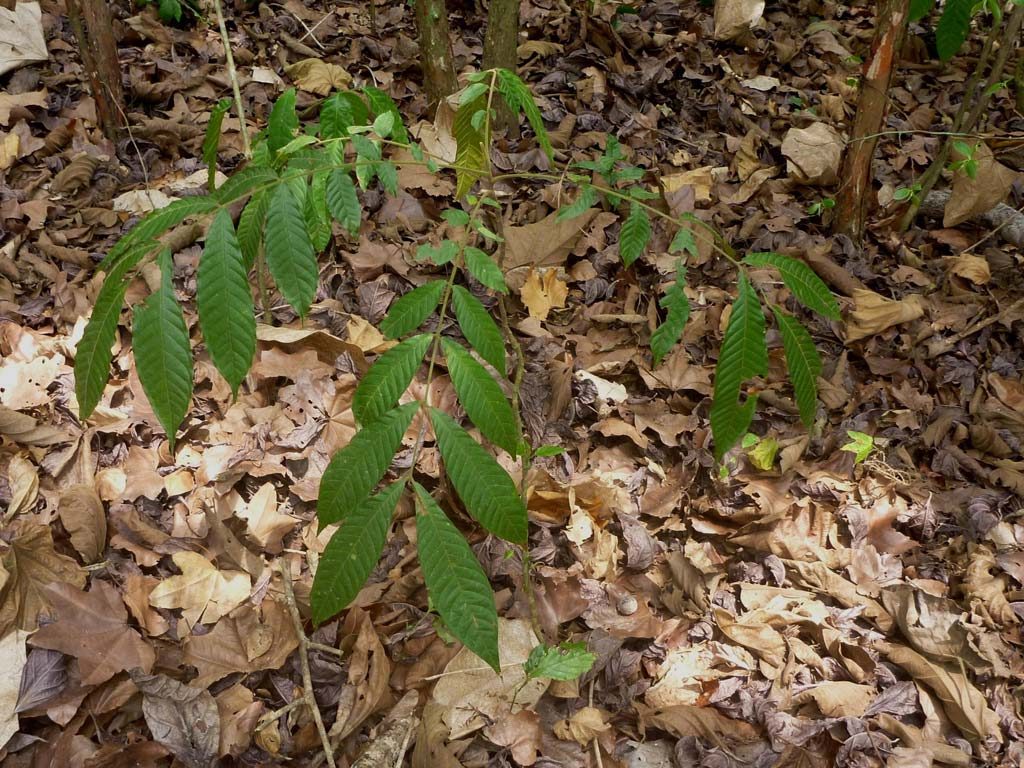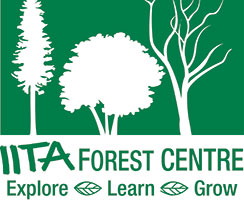
24 Jul Entandrophragma angolense
Scientific name: Entandrophragma angolense Welw. C.DC.
Family: Meliaceae.
Distribution and conservation status: widespread in semi-deciduous forests, preferring well-drained situations with annual rainfall of about 1800 mm; VU due to over-exploitation and slow growth rate.
Common names: Ijebu(Tiama) Mahogany (English), Okeone (Igbo), Ìjebò (Yoruba), Gedunohor (Edo).
Fruits/seeds: pendulous, woody, cylindrical capsule 11-22 cm x 3-5 cm, splitting from the base into 5 valves to release numerous brown seeds with a large apical wing. Trees may not fruit until over 30 years of age.
Fruiting time: January – May.
Seed extraction method: remove seeds from the central column; do not remove wing.
Type of seed: recalcitrant with epigeal germination.
Sowing method: direct, with wing and ¼ of the seed exposed above soil level.
Sowing medium: forest top soil.
Germination period: 14-21 days for fresh seed, up to 45 days for seeds 10-15 days old.
Germination percentage: 65-75% for fresh seed, decreasing to about 25% after 3 weeks.
Vegetative reproduction: Planting: light shade.
Growth and development: quite fast to begin with – 1-2 m in height per year recorded in good conditions – but estimated 140 years to reach 1m in bole diameter.
Notes: Difficult to collect unopened pods due to height of trees (50-60 m) and distance to first branches (30-40 m). Most pods fall near parent tree but seeds may be blown some distance. Seeds are highly susceptible to insect damage. Examine carefully and discard any with small holes. Mix with wood ash before storing seeds.

Entandrophragma utile sapling. credits: D.Bown

